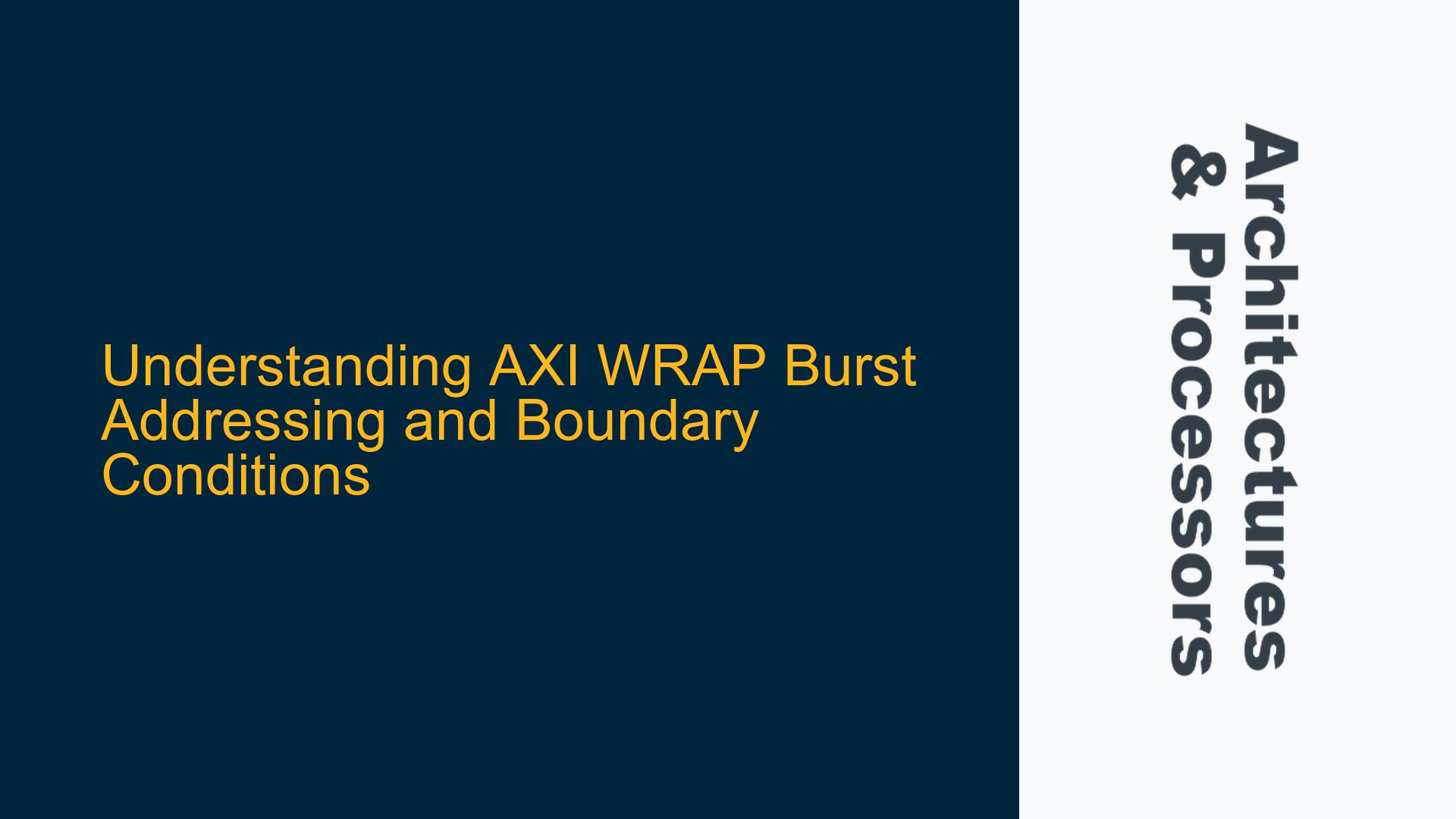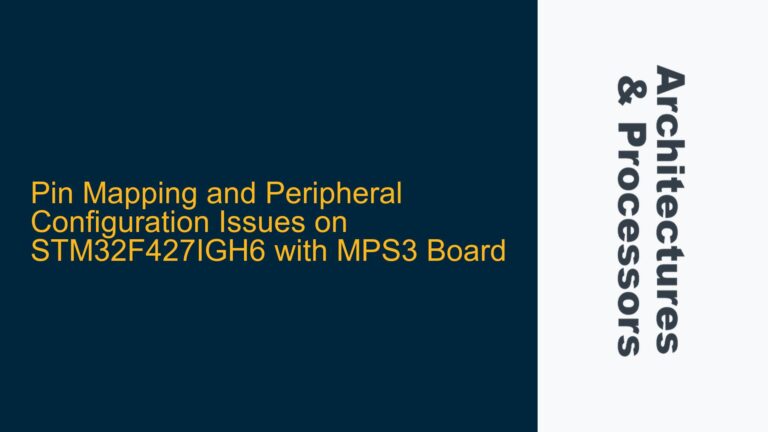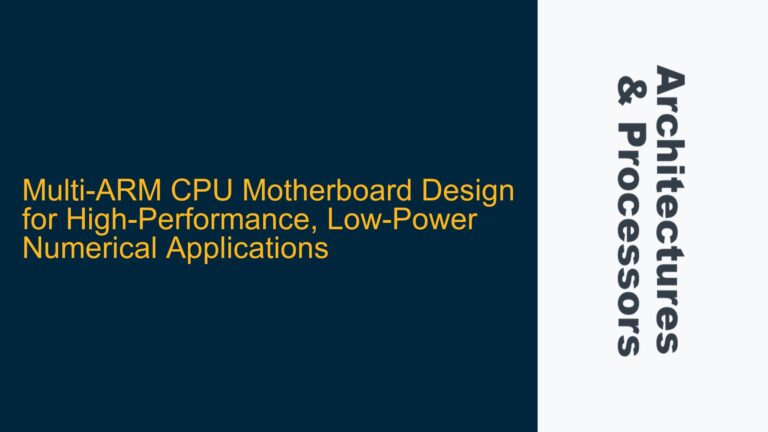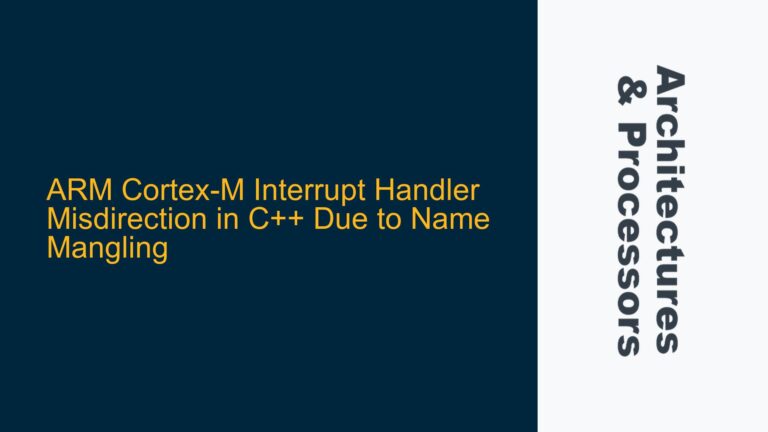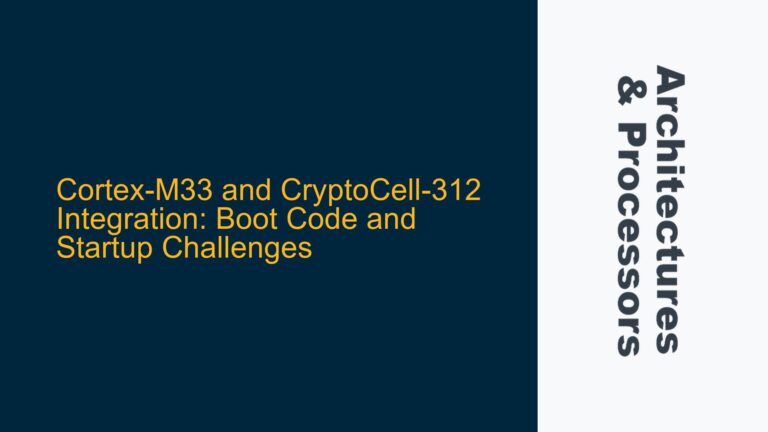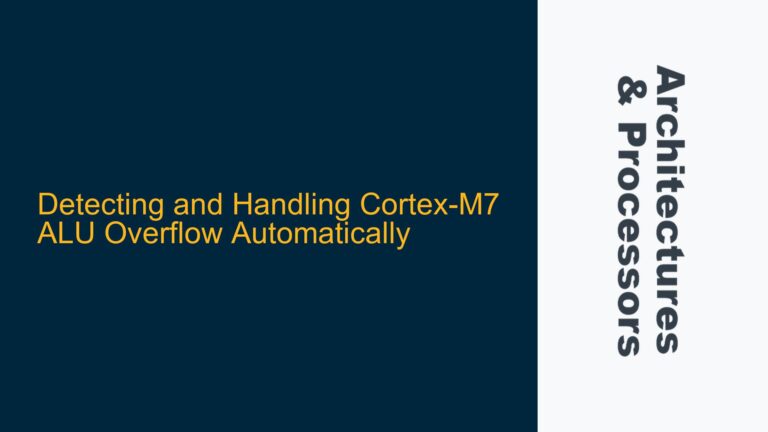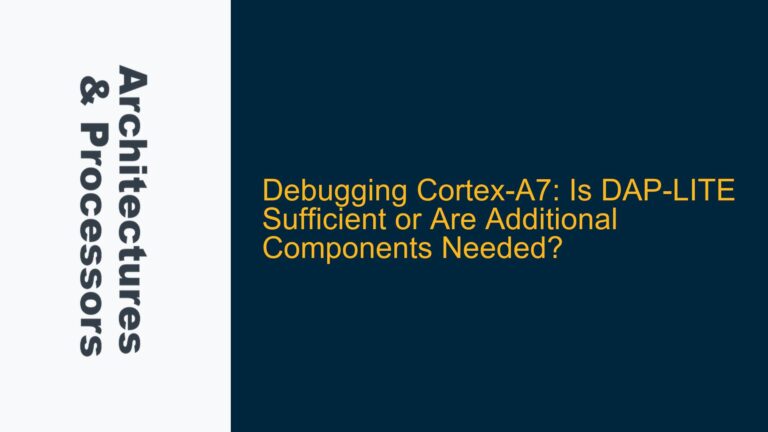AXI WRAP Burst Addressing Mechanics and Misconceptions
The AXI (Advanced eXtensible Interface) protocol is a cornerstone of modern ARM-based SoC designs, providing a robust framework for high-performance data transfers between components. One of the more nuanced aspects of AXI is the WRAP burst type, which is often misunderstood due to its unique addressing behavior. The WRAP burst is designed to handle circular data structures efficiently, such as those found in cache lines or ring buffers. However, the conditions under which address wrapping occurs and how the wrap boundary is calculated can be confusing, especially when dealing with non-intuitive address alignments and burst lengths.
In the context of AXI, a WRAP burst is defined by its ability to "wrap around" a specific boundary when the address reaches the upper limit of a predefined range. This boundary is calculated based on the start address, burst length, and data width. The key to understanding WRAP bursts lies in the precise calculation of the wrap boundary and the conditions under which the address wraps back to the lower bound of this range. Misinterpretation of these calculations can lead to incorrect address generation, resulting in data corruption or system failures.
The confusion often arises from the interaction between the start address, burst length, and data width. For example, if the start address is not aligned to the natural boundary defined by the burst length and data width, the wrap boundary calculation can yield unexpected results. Additionally, the behavior of the address increment within the burst can be counterintuitive, especially when the burst length is small or the data width is narrow. Understanding these mechanics is crucial for both RTL designers and verification engineers to ensure correct implementation and validation of AXI-based systems.
Incorrect Wrap Boundary Calculation Due to Misaligned Start Address
One of the primary causes of confusion in AXI WRAP burst addressing is the incorrect calculation of the wrap boundary, often due to a misaligned start address. The wrap boundary is defined as the lowest address within an aligned range that encompasses the entire burst. This range is determined by multiplying the burst length by the data width and aligning the start address to this boundary. However, if the start address is not properly aligned, the wrap boundary calculation can yield incorrect results, leading to unexpected address wrapping behavior.
In the example provided, the start address is 0x04, with a burst length of 4 and a data width of 2 bytes. The wrap boundary is calculated as INT(Start_Address / (Number_Bytes × Burst_Length)) × (Number_Bytes × Burst_Length). For a start address of 0x04, burst length of 4, and data width of 2 bytes, the calculation should be INT(0x04 / (2 × 4)) × (2 × 4) = INT(0x04 / 8) × 8 = 0 × 8 = 0. However, if the start address is not aligned to the natural boundary, the wrap boundary calculation can be misinterpreted, leading to incorrect address generation.
The wrap boundary is crucial because it defines the lower limit of the address range within which the burst will wrap. When the address reaches the upper limit of this range, it wraps back to the wrap boundary and continues incrementing from there. If the wrap boundary is incorrectly calculated, the address may wrap at the wrong point, leading to data being written to or read from incorrect locations. This can cause significant issues in systems where data integrity is critical, such as in cache coherency or DMA transfers.
Another factor contributing to incorrect wrap boundary calculation is the misinterpretation of the INT function. The INT function is used to round down the result of the division to the nearest integer. In the example, INT(0x04 / 8) correctly rounds down to 0, but if the start address were 0x0C, the calculation would be INT(0x0C / 8) = 1, resulting in a wrap boundary of 8. Misunderstanding this rounding behavior can lead to incorrect wrap boundary calculations and, consequently, incorrect address wrapping.
Correcting Wrap Boundary Calculation and Ensuring Proper Address Wrapping
To ensure correct address wrapping in AXI WRAP bursts, it is essential to accurately calculate the wrap boundary and understand the conditions under which the address wraps. The wrap boundary is calculated as INT(Start_Address / (Number_Bytes × Burst_Length)) × (Number_Bytes × Burst_Length). This calculation ensures that the wrap boundary is aligned to the natural boundary defined by the burst length and data width. Once the wrap boundary is correctly calculated, the address wrapping behavior can be accurately predicted and verified.
In the example provided, the correct wrap boundary calculation for a start address of 0x04, burst length of 4, and data width of 2 bytes is INT(0x04 / 8) × 8 = 0 × 8 = 0. This means that the address will wrap when it reaches the upper limit of the range defined by the wrap boundary plus the total number of bytes transferred in the burst. In this case, the upper limit is 0 + (2 × 4) = 8. Therefore, the address sequence for the burst will be 0x04, 0x06, 0x08, and then wrap back to 0x00, followed by 0x02.
To verify the correctness of the address wrapping behavior, it is essential to simulate the AXI transaction and monitor the address sequence. The simulation should include checks to ensure that the address wraps at the correct boundary and that the data is correctly written to or read from the expected locations. This can be achieved by implementing assertions in the testbench that verify the address sequence and wrap boundary conditions. Additionally, the simulation should include corner cases, such as start addresses that are not aligned to the natural boundary, to ensure that the address wrapping behavior is robust under all conditions.
In addition to simulation, formal verification can be used to mathematically prove the correctness of the address wrapping behavior. Formal verification tools can analyze the AXI protocol and the address generation logic to ensure that the wrap boundary is correctly calculated and that the address wraps at the expected boundary. This approach can provide a higher level of confidence in the correctness of the implementation, especially in safety-critical systems where data integrity is paramount.
In conclusion, understanding the mechanics of AXI WRAP burst addressing and correctly calculating the wrap boundary are essential for ensuring the correct behavior of AXI-based systems. By accurately calculating the wrap boundary and verifying the address wrapping behavior through simulation and formal verification, designers and verification engineers can ensure that data is correctly transferred within the expected address range, preventing data corruption and system failures.
